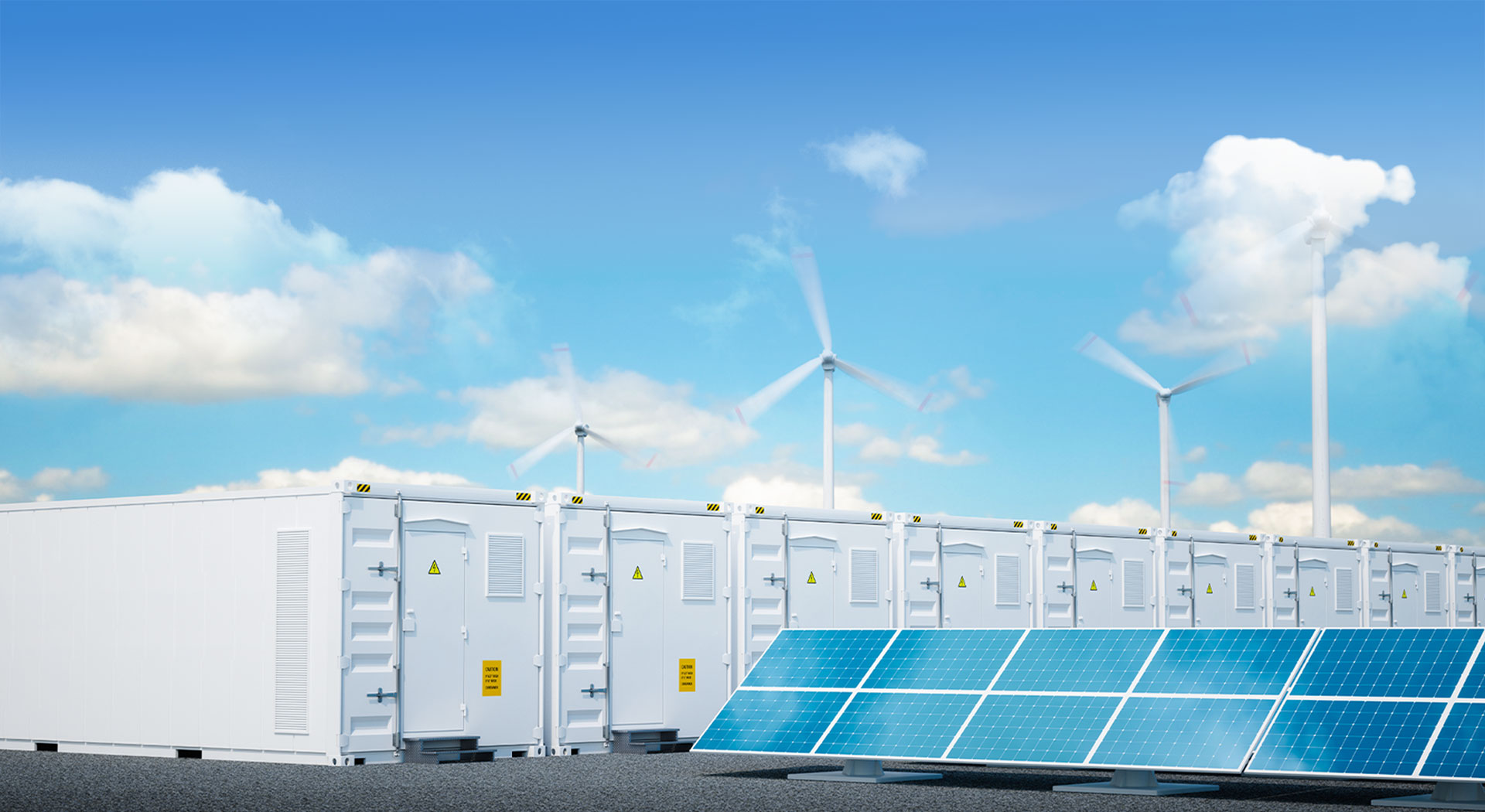On August 11, CAAC released the latest data: from January to July, the cumulative sales of new energy commercial vehicles in China was 80000, up 58.9% year on year. Among them, the cumulative sales of pure electric commercial vehicles were 78000, up 64.4% year on year.
The data intuitively reflects that the sales base of new energy commercial vehicles in China is relatively low. With a year-on-year increase of 60%, the sales volume from January to July was only 80000.
Relevant analysts said that China's new energy commercial vehicles still have huge growth space.
The data shows that in 2020, China's total sales of commercial vehicles were 5.133 million, and the sales of new energy commercial vehicles were 121000, accounting for only 2.3%. Among the new energy commercial vehicles, as the promotion products in the urban transportation network, the sales of new energy passenger cars accounted for a higher proportion of 65.26%, while as the main model in the transportation industry, the sales of new energy trucks accounted for only 34.74%.
It is noteworthy that the energy saving and carbon reduction of commercial vehicles has always been the focus of relevant industries and industries. In the past July, China's heavy-duty diesel vehicles officially implemented the National Phase VI Motor Vehicle Emission Standards (hereinafter referred to as the "National VI"), which means that the production and sales of heavy-duty diesel vehicles that do not meet the national VI emission standards will be prohibited.
This also means that for traditional trucks, the cost of technology and spare parts due to emission restrictions will further increase.
Shi Jianhua, deputy secretary-general of the China Automobile Industry Association, said in an interview that after the implementation of the national emission standard for heavy-duty diesel vehicles, the emission limits of nitrogen oxides and particulate matter will be reduced by 77% and 67% respectively, which is of great significance for energy conservation and emission reduction. However, in order to meet the emission requirements, vehicle enterprises need to update the post-processor of diesel engines, including DPF (exhaust particulate trap), SCR (nitrogen processor), DOC (diesel oxidation catalyst), EGR (exhaust gas recirculation) and other environmental protection devices installed on the engine.
However, simply upgrading the emission standards of diesel heavy-duty commercial vehicles is obviously not enough to speed up the pace of carbon reduction of commercial vehicles. According to the 2020 China Mobile Source Environmental Management Annual Report of the Ministry of Environmental Protection, the emissions of nitrogen oxides from diesel vehicles exceed 80% of the total vehicle emissions, and the emissions of particulate matter exceed 90%.
Therefore, further strengthening the transformation of new energy for commercial vehicles, especially trucks, is the key work under the current environment.
At present, green-licensed new energy trucks have been promoted in many cities, and most of the right-of-way restrictions have been exempted everywhere. For example, Shanghai's new energy freight vehicles give priority to the issuance of passes. Except for some roads in Chongqing, new energy light trucks are not subject to the restriction of truck traffic management, and there is no need to apply for a truck pass (vehicles less than 4.5 tons)
However, why has the sales volume of new energy trucks in China still not changed significantly when many cities have released the right of way of new energy trucks?
With questions, our reporter interviewed the relevant employees of new energy trucks.
"There are too few models and not many people"
Our reporter interviewed the salesperson of a FAW Jiefang dealership. He said: "The sales of new energy trucks in the store last quarter only accounted for 10% of the total sales, which was even worse before."
Next, our reporter interviewed other dealers selling new energy trucks, and the answers were similar to the former. "Few people consulted, even no one asked; the sales volume was flat, even no one bought" became almost common.
A salesperson explained the reason: "It is not easy to sell because of the small number of models and the small range of applicable people. Among the heavy and medium-sized trucks running medium and long distance transportation, customers will not consider new energy vehicles at all, but there are more new energy vehicles for light trucks and minivans, and some logistics companies will buy them."
In other words, the demand for vehicles is the key for consumers to decide whether to buy new energy vehicles. The sales of vehicles used for intra-city transportation are far better than those used for inter-city transportation.
"It's appropriate, but it's a waste of time"
Our reporter immediately interviewed a number of intercity transport truck drivers, who said: "The difference between the price of fuel vehicles and new energy vehicles is not much. The boss also said that more is not unacceptable, but we have to admit that we have no time to 'take care of' it when we are running transportation."
Another driver said: "The car is expensive and the charging is cheap. It should be offset by these two points. But the charging is too slow. We need to hurry and hurry to do our work. It takes several hours to recharge the battery. We can't afford to wait."
When communicating with relevant dealers, our reporter learned that taking the light truck with a length of 4.2 meters as an example, the price of diesel cars is around 150000 yuan, while the price of pure electric vehicles is about 50000 to 80000 yuan. At the same time, the depreciation loss of freight cars is far more than that of ordinary passenger cars, so the value preservation rate of second-hand cars will be very low, which is an unavoidable problem for business owners.
As for new energy trucks, like passenger cars, the highlight is the sharp reduction in use costs. The reporter of our newspaper calculated the approximate cost of using new energy trucks by sorting out. Based on the standard of 6.7 yuan per liter of diesel, it would cost about 150 yuan per 100 kilometers. If the household charging pile is calculated at 0.58 yuan per kilowatt-hour, it will only cost about 30 yuan per hundred kilometers. From the use cost, electric trucks are far lower than diesel vehicles.
However, for the transportation industry, the timeliness of goods transportation is important. Therefore, the core factor considered by business owners and drivers is not only the cost of money, but also the cost of time.
Nippon Logistics told our reporter that at present, the cost of land transportation is the highest among the major business segments. Because there are many difficulties in cost and management involved in solving such problems as difficult passage, parking, charging and fines, it is also very difficult to solve them. At this stage, it is very difficult to solve them completely.
This also means that in the land transportation business with high cost, time cost is the investment that enterprises are unwilling to increase.
Our reporter said in an interview with a small logistics company in Beijing, "Our company tried to buy several new energy trucks, but later it was difficult to charge them. If a car was charged, it would have to wait for the previous one to finish charging. The queue was too long, and then it was changed back to the normal model."
It is not difficult to see that the low voice of the relevant practitioners for the new energy trucks is due to their disadvantages in the charging and replacement process.
"The cost of battery maintenance may not be small."
In addition to the high price and slow charging, some users are worried about the replacement cost of the battery.
In the interview



